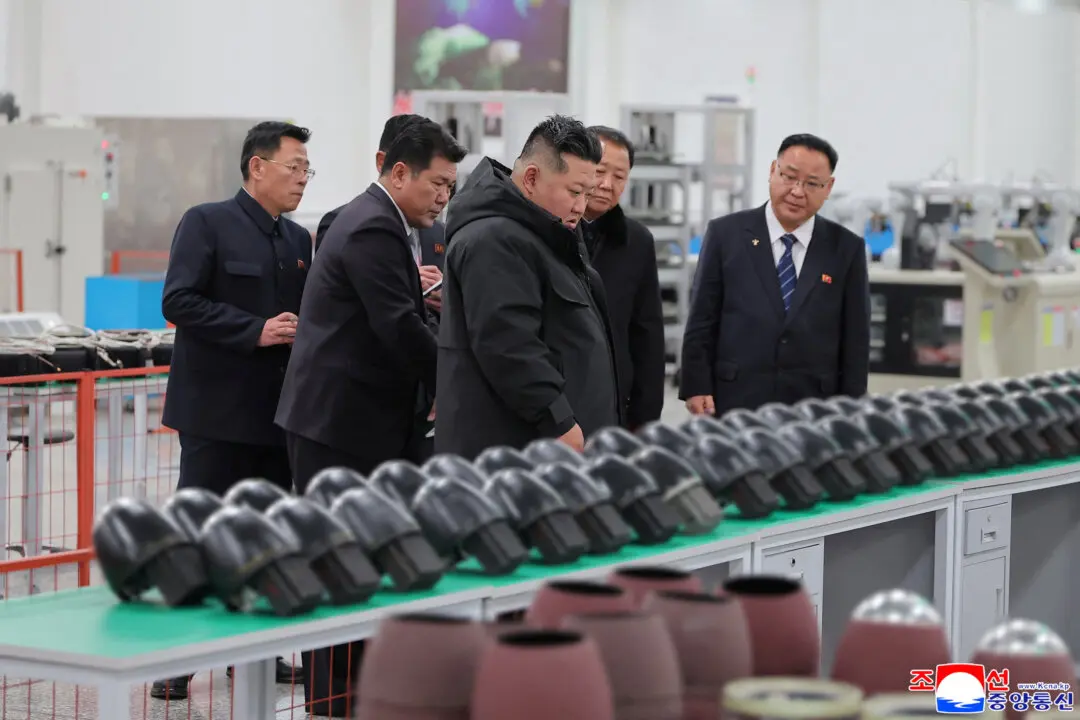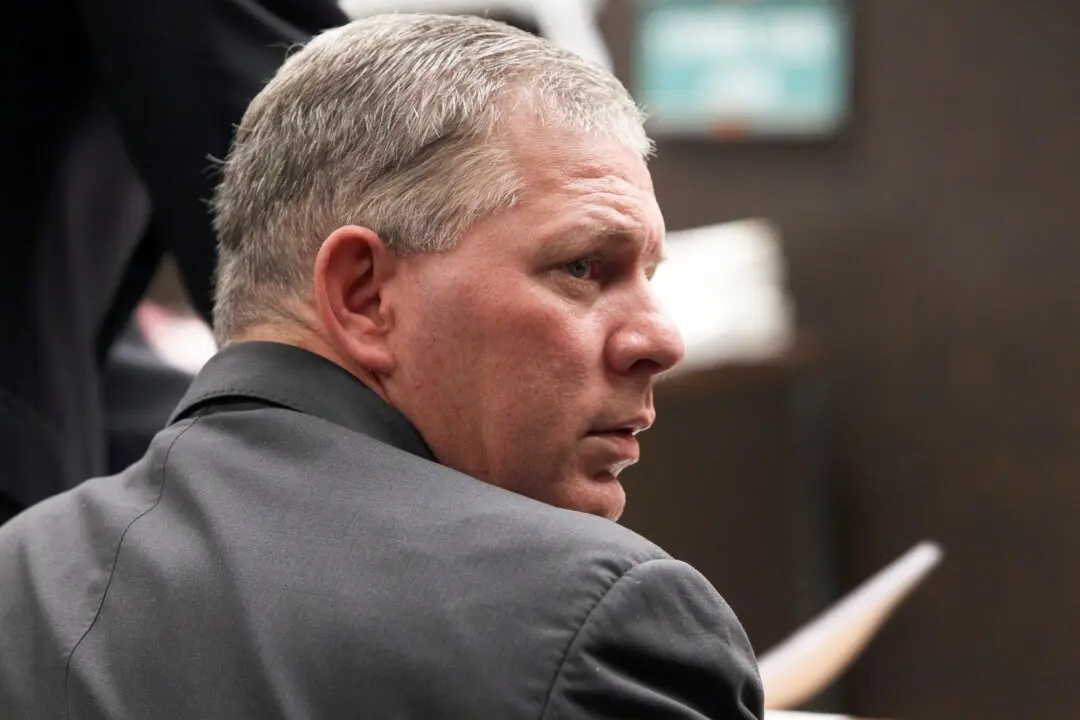CHICAGO—Montana farmer Sarah Degn had big plans to invest the healthy profits she gleaned for her soybeans and wheat this year into upgrading her planter or buying a new storage bin.
But those plans have gone by the wayside. Everything Degn needs to farm is more expensive—and for the first time in her five-year career, so is the interest rate on the short-term debt she and nearly every other U.S. farmer relies upon to grow their crops and raise their livestock.





